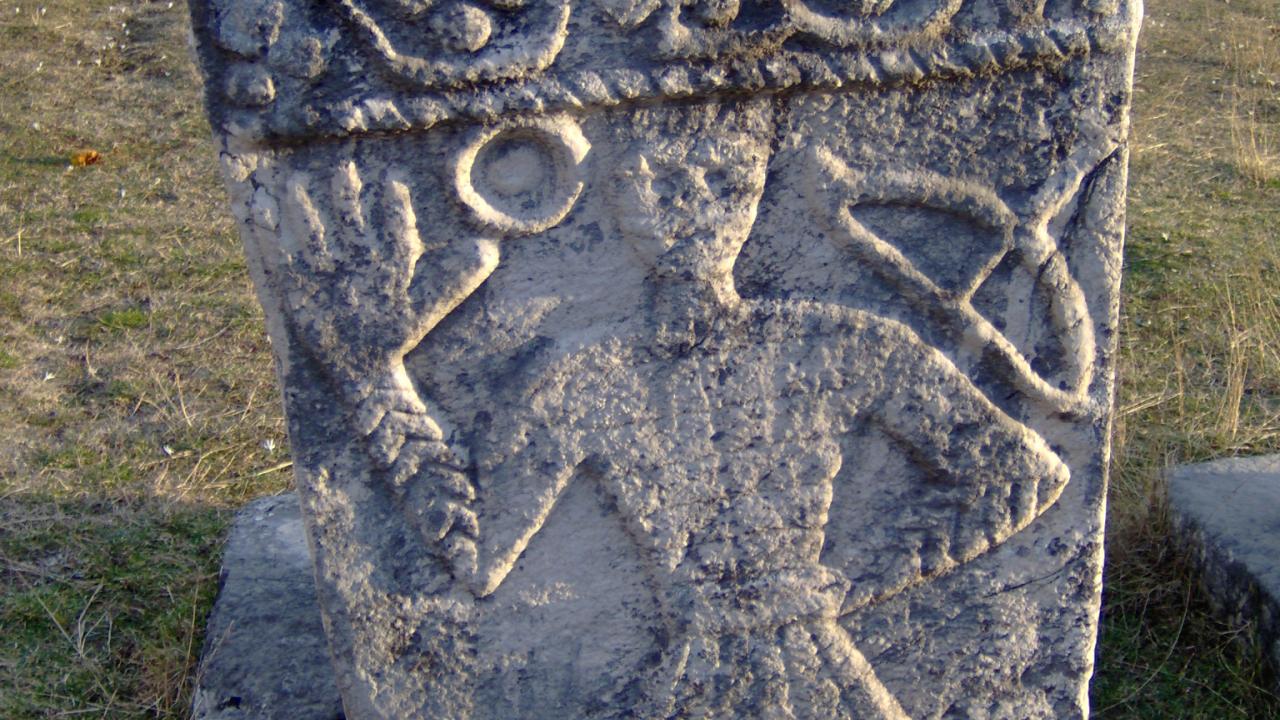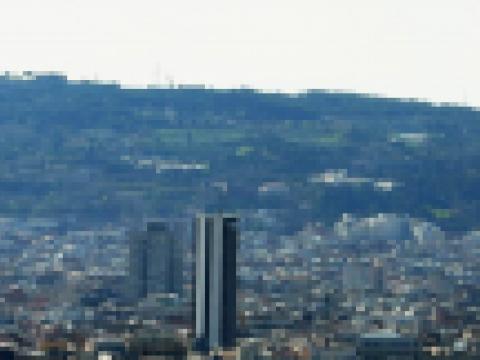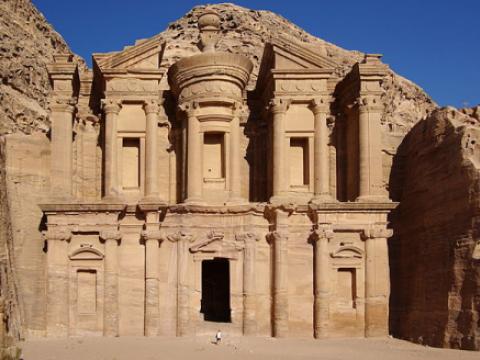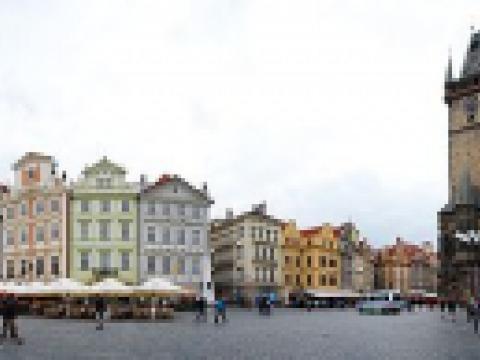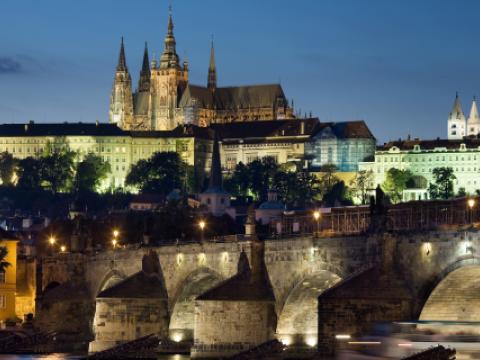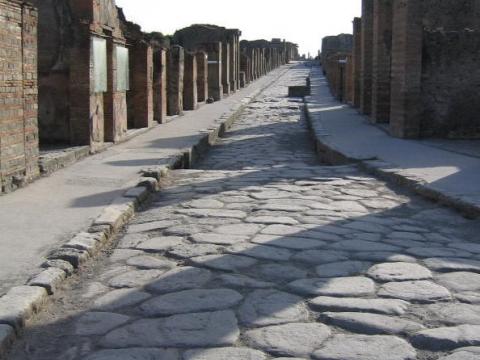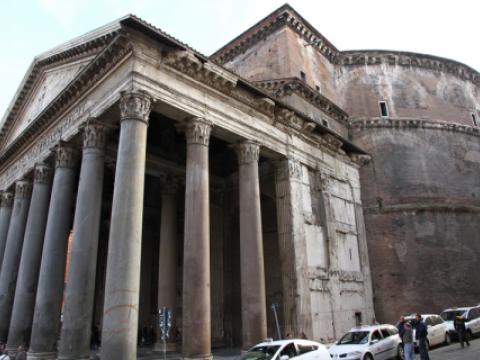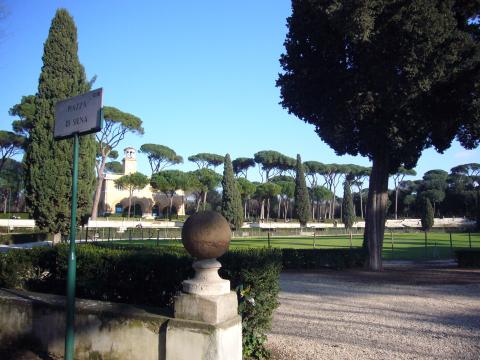Location
Some real oddities that are present in Croatia, (and also in Bosnia and Herzegovina, Montenegro and Serbia) are the Stecci. These medieval tombstones are unique in the world and are closely following the borders of the medieval Bosnian Kingdom. There are a total of 70,000 Stecci spread in the area between the above mentioned countries and several thousand of them are in Croatia. The decorative motifs featured on the tombstones are enigmatic, spirals, rosettes and crescent moons being part of the recurrent motifs on the monuments.
Stecci contain epitaphs written in Cyrillic Bosnian and the oldest one dates back from the 12th century. Larger numbers of Stecci can be seen in both Imotski and Dugopolije, border areas of Croatia. Stećci have been nominated to the UNESCO World Heritage List as Joint Cultural Heritage by the four countries in 2009.
Most of them are located in the areas of Dalmatia and Dubrovnik. An easily accessible location is Cista Provo, only half an hour away from Split.
Free for all







